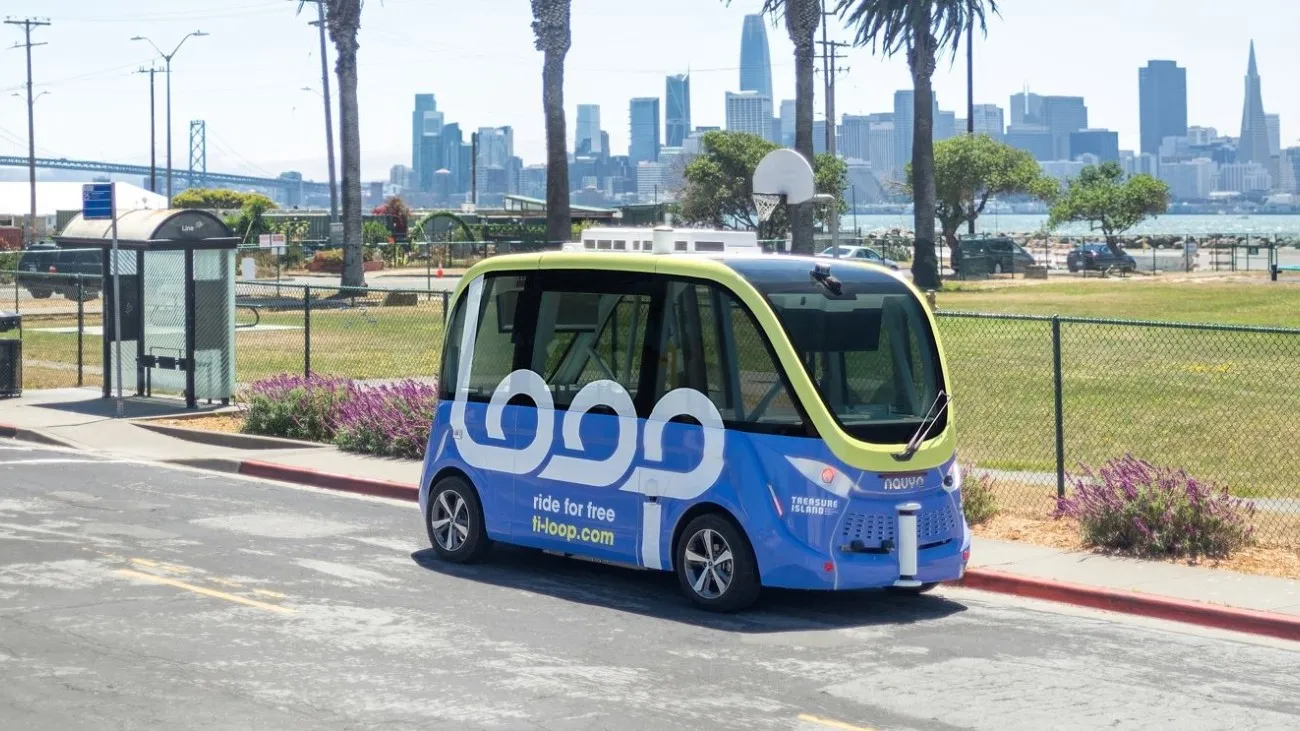Santa Clara Valley Transportation Authority’s (VTA) State Route (SR) 237 Express Lanes, for which TransCore serves as lead integrator, received the 2012 Transportation Project of the Year Award from the San Francisco Bay Area Institute of Transportation Engineers (ITE). VTA is implementing the Silicon Valley Express Lanes Program to provide congestion relief in one of its major Bay Area commuter corridors. As part of the program, the SR 237, US 101, SR 85 and parts of I-680 corridor will convert the existin
February 27, 2013
Read time: 2 mins
VTA is implementing the Silicon Valley Express Lanes Program to provide congestion relief in one of its major Bay Area commuter corridors. As part of the program, the SR 237, US 101, SR 85 and parts of I-680 corridor will convert the existing HOV lanes to express lanes.
Since the opening of the 237 Express Lanes, commuters are saving between five and twenty minutes compared to those driving in the general purpose lanes during peak commute periods. The travel time for commuters in the general purpose lanes has also improved by upwards of seven minutes.
The project received top honours for being a key benefit to the public by providing commuters with an additional travel option, making better use of the existing roadway and improving operations in the corridor.
Converting high occupancy vehicle (HOV) to high occupancy toll (HOT) or express lanes has become a popular approach to better utilise capacity on existing roadways in major urban areas across the country. The project demonstrates the ability to use roadway pricing as an effective travel demand management tool by controlling the demand through dynamic pricing, which changes the toll rate as the level of congestion changes. Today, over 10,000 solo drivers a week are choosing to use the express lanes for travel time reliability.
“The results from the SR237 Express Lanes demonstrate the benefits provided to the traveling public from systems of this nature,” said Michael Mauritz, TransCore managing director for the Western Region and project manager. “TransCore was honored by the opportunity to lead the design and deployment of this program and is pleased VTA earned this deserved recognition.”
This project utilises TransCore’s unique combination of traffic management and toll systems expertise. The company’s work as system integrator included the development of the system software that includes the dynamic pricing algorithm as well as design and installation of AVI equipment, dynamic message signs, traffic monitoring detectors and CCTV cameras.









